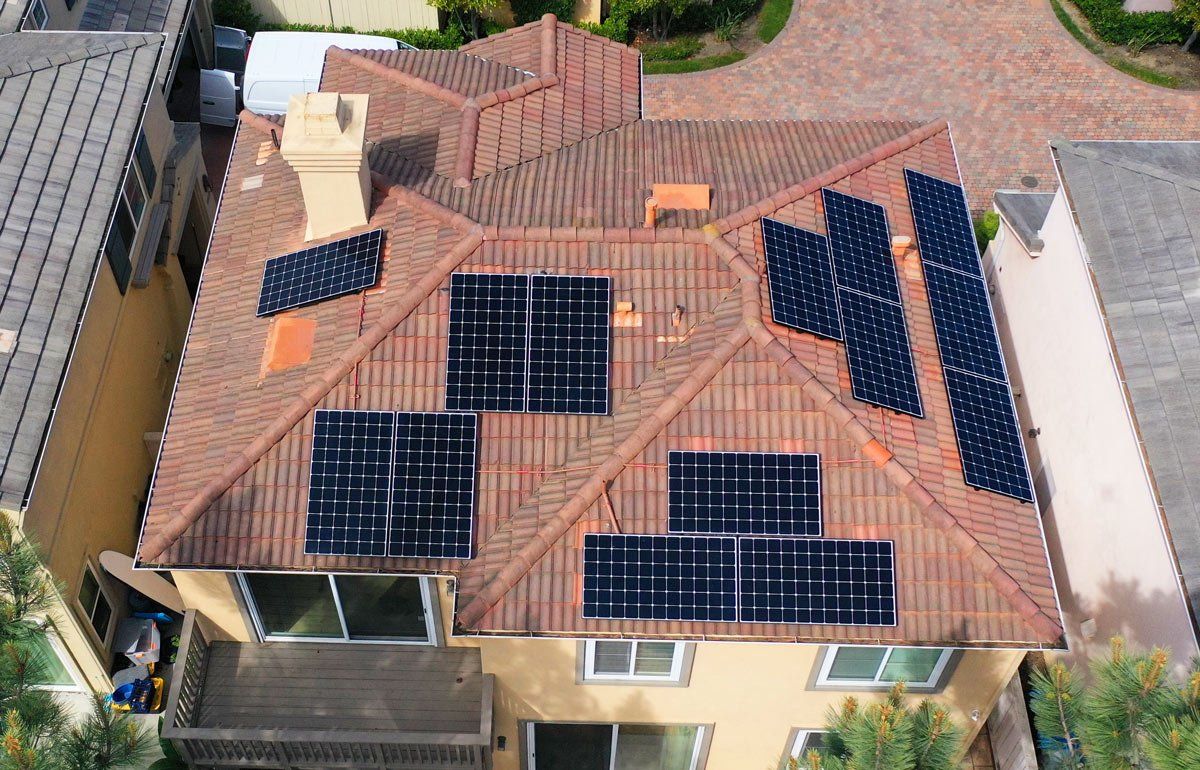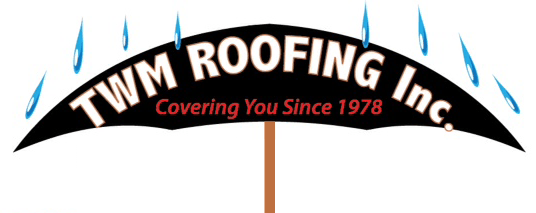Roof and Solar Tax Credit San Diego
Booming Solar Industry in San Diego

Can I Include a New Roof as Part of My Solar Installation Expense?
The Solar Investment Tax Credit (ITC) is a 26 percent tax credit for solar systems on residential (under Section 25D) and commercial (under Section 48) properties. Equipment that uses solar energy to generate electricity including storage devices, power conditioning equipment, transfer equipment, and parts related to those items, are eligible for the investment tax credit (ITC) provided for under Section 48 of the Internal Revenue Code. A roof-mounted solar power system “constitutes energy property under Section 48(a) (3) except to the extent that Treasury Regulation Section 1.48-9 requires a portion of the basis of the property is allocable to any portion of such property that performs a function of a roof, e.g., protection from rain, snow, wind, sun, hot or cold temperatures, or that provides structural support or insulation.”
For commercial property, the roof as a structural component of a solar installation must be allocated to the portion directly connected to the production of energy savings to be able to be included in the credit. The remaining part of the roof would not apply. This requires that any expense for the roof would need to be allocated between solar and non-solar use. Where the roof itself enhances the production of solar energy as in the instance for example of reflective coating, the roof would be considered part of the system.
The tax credit provided for in Section 25D for homeowners who install solar on their own residences is actually more accommodating than the credit provided for in Section 48 for commercial investors in solar power systems. Specifically, Section 25D(e)(2) provides that “no expenditure relating to a solar panel or other property installed as a roof (or portion thereof) shall fail to be treated as [tax credit eligible] solely because it constitutes a structural component of the structure on which it is installed. Thus, manufacturers of roof-mounted solar systems with significant parts that serve a non-solar function may want to consider recommending that their residential customers finance or pay for the system including any structural support as may be required including a new roof where the roof conditions are not favorable to the success of the solar installation. This way, the residential system owner can claim the tax credit under Section 25D of Title 26 of the Internal Revenue Code which also states the following:
- Labor costs
Expenditures for labor costs properly allocable to the onsite preparation, assembly, or original installation of the property described in subsection (d) and for piping or wiring to interconnect such property to the dwelling unit shall be taken into account for purposes of this section.
(d) Definitions
2. Qualified solar electric property expenditure.
The term ‘‘qualified solar electric property expenditure’’ means an expenditure for property which uses solar energy to generate electricity for use in a dwelling unit located in the United States and used as a residence by the taxpayer.
3. Solar panels
No expenditure relating to a solar panel or other property installed as a roof (or portion thereof) shall fail to be treated as property described in paragraph (1) or (2) of subsection (d) solely because it constitutes a structural component of the structure on which it is installed.
The Investment Tax Credit (ITC) is currently a 26 percent federal tax credit claimed against the tax liability of residential (Section 25D) and commercial and utility (Section 48) investors in solar energy property. The Section 25D residential ITC allows the homeowner to apply the credit to his/her personal income taxes. This credit is used when homeowners purchase solar systems outright and have them installed on their homes. In the case of the Section 48 credit, the business that installs, develops and/or finances the project claims the credit.
The existence of the ITC through 2023 provides market certainty for companies to develop long-term investments that drive competition and technological innovation, which in turn, lowers costs for consumers.
A tax credit is a dollar-for-dollar reduction in the income taxes that a person or company claiming the credit would otherwise pay the federal government. The ITC is based on the amount of investment in solar property. Both the residential and commercial ITC are equal to 26 percent of the basis that is invested in eligible property which have commenced construction through 2019. The ITC then steps down to 26 percent in 2020 and 22 percent in 2023. After 2023, the residential credit will drop to zero while the commercial and utility credit will drop to a permanent 10 percent.
Commercial and utility projects which have commenced construction before December 31, 2021 may still qualify for the 30, 26 or 22 percent ITC if they are placed in service before December 31, 2023. The Treasury and IRS are currently drafting guidance which will inform solar developers of which percentage of ITC they will qualify for depending on when they started their project.
In 2015, the Omnibus Appropriations Act (P.L. 114-113) included a multi-year extension of the residential and commercial ITC described above and changed the previous “placed-in-service” standard for qualification for the credit to a “commence construction” standard for projects completed by the end of 2023.
For additional information on how going solar will generate a tax benefit for your personal situation please contact: John G Miller EA, RP at Accounting for TAX (650) 740-7842E-Mail john.miller.ea.rp@gmail.comOffice located at 951 Mariners Island Blvd 3rd Floor Suite 344 San Mateo CA 94404

The Federal Solar Tax Credit
The Federal Solar Tax Credit, or the Solar Investment Tax Credit, was implemented in 2006 in the Energy Policy Act to promote the growth of solar installations on homes and businesses in the US. It was extended twice, then in 2015, through the Omnibus Appropriations Act, was extended through 2023, putting it at the state that it is today.
Simply put, the Federal Solar Tax Credit allows homeowners who install solar to earn a tax credit worth a percentage of the cost to install their solar. The Tax Credit started at 30%, which meant that homeowners could earn a tax credit worth 30% of their installation. Since most solar system installations cost upwards of $20,000, this can be a big credit, and can save homeowners with a hefty tax bill a ton of money.
While the Tax Credit has phased out from its original 30% to the current 26%, it has been extended so there is plenty of time to get a substantial credit.
The Impact
Since the implementation of the Solar ITC, the solar industry has exploded, growing more than 10,000%. The Tax Credit has allowed the solar industry to flourish and become sustainable. By providing a financial incentive to go solar, the Federal government has saved homeowners tons of money and allowed solar installation businesses to drive down the costs of installing solar to the point where a large percentage of homeowners can now afford to install it.
The Solar ITC has been extremely successful in stimulating the implementation of solar, and that clearly can be seen in the numbers. A 10,000% increase in solar capacity, a quarter of a million new jobs, and $140 billion in investment have all been recorded. What’s not recorded is the massive positive impact on the environment, the massive savings homeowners have seen on their electric bills, and the quality of jobs created by the flourishing solar industry.
The Solar Tax Credit Today
If you’re a homeowner in San Diego and are looking to install solar which might require roofing work to support the new solar system, look no further than TWM Roofing for your solar related roofing work. Our over 40 years in business and over 10,000 customers are a testament to our success in Southern California, as well as our hundreds of positive reviews online. TWM is partnered with leading solar contractors throughout San Diego to ensure you get the best value with reliable roofing products and applications. To get a quote on a reroof and to see if you can qualify for the tax credit, contact us today at INFO@TWMRoofing.com or (760) 731-0777.
New Paragraph
